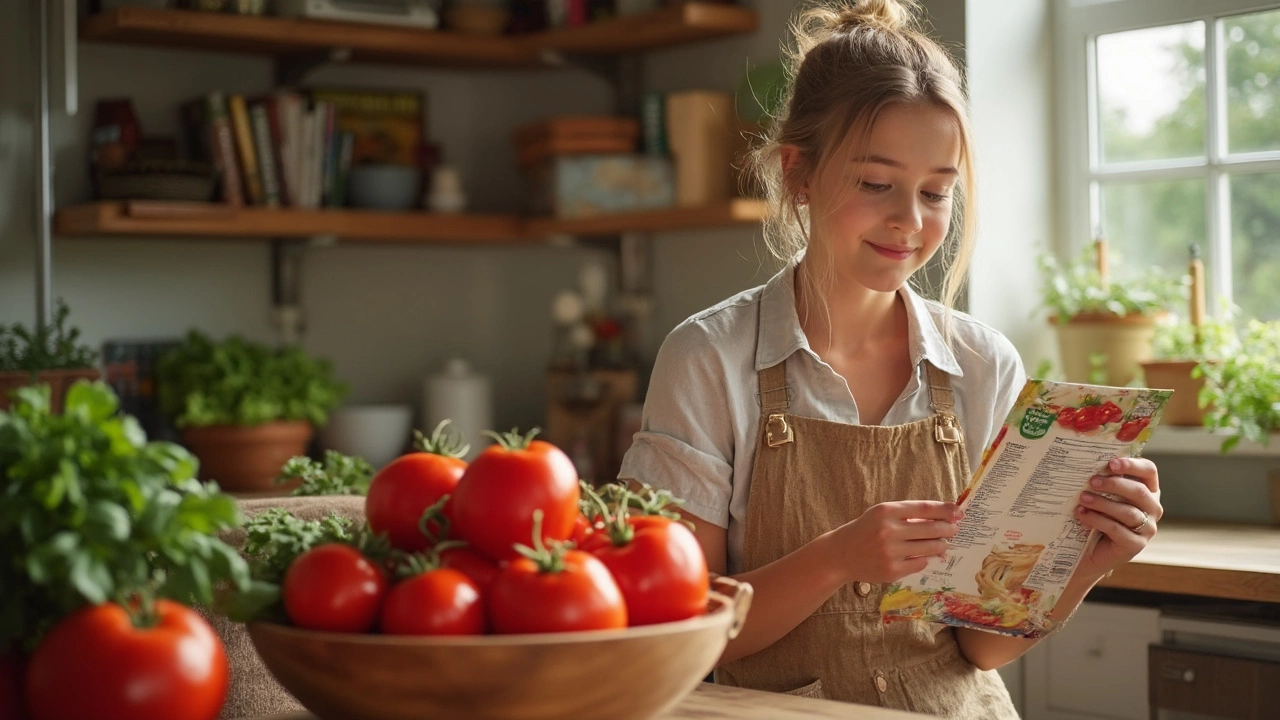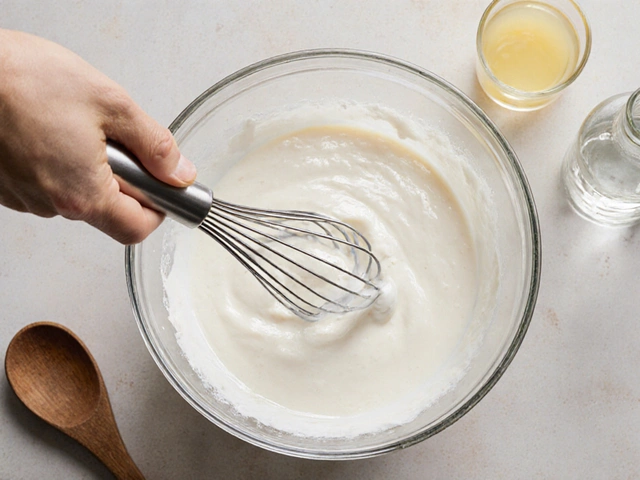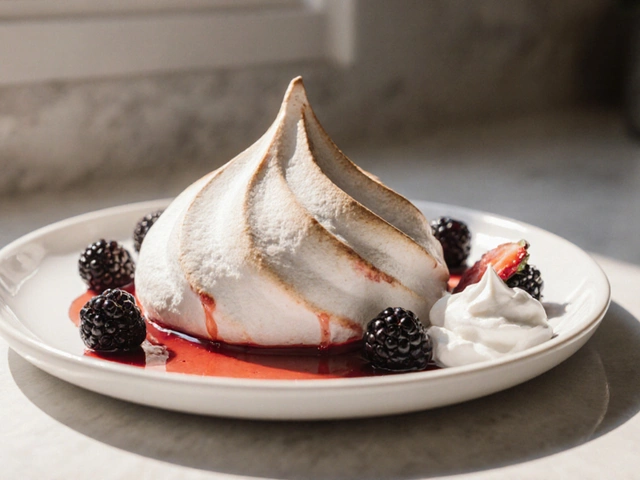Vegan Myths Debunked: What Every Baker Needs to Know
Ever wondered why some people claim you can’t make a chewy vegan cookie or that every store‑bought sweet is off‑limits? Those ideas stick around because they sound simple, but they’re mostly wrong. In this guide we’ll pull apart the biggest vegan myths and give you straight‑forward ways to bake, shop, and enjoy desserts without the guesswork.
Myth #1: Vegan Cookies Can’t Be Chewy
People often say a chewy texture needs butter or eggs, so a vegan cookie will always turn out cakey. The truth is the chew comes from moisture and the right balance of sugar, fat, and starch. Swap butter for coconut oil, avocado, or nut butter, and use maple syrup or brown sugar to keep things moist. Adding a splash of oat milk or a bit of flax‑egg mixture gives structure without sacrificing chew. Try a classic chocolate chip recipe with these swaps and you’ll see the myth crumble.
Myty #2: All Store‑Bought Candy Is Non‑Vegan
This one gets a lot of hype, especially around iconic treats like Oreos and M&Ms. The reality is mixed: some versions are vegan, others aren’t. For Oreos, the classic double‑stuffed cookie is technically vegan in many regions, but cross‑contamination warnings can make vegans uneasy. M&Ms have a dairy‑free milk chocolate line in the U.S., and many European brands now label vegan options clearly. The best move is to read the ingredient list—look for milk, whey, or gelatin, and you’ll spot the non‑vegan parts instantly.
Another common misstep is assuming “organic” or “natural” equals vegan. Those labels don’t talk about animal ingredients at all. Always double‑check for hidden butter, casein, or honey. If you’re unsure, a quick online search for the brand’s vegan status saves time and avoids disappointment.
Myth #3: Vegan Brownies Have to Be Dry
Brownies get a bad rap because people think the only way to get fudgy texture is with a lot of butter. Actually, the fudginess comes from the ratio of fat to flour and the type of sweetener you use. Using a high‑fat oil like coconut oil and a bit of avocado puree can give that dense, moist bite without dairy. Adding a spoonful of black beans or silken tofu also raises the protein content and keeps the crumb tender. The result? A brownie that’s just as rich as any traditional version.
When you bake, remember that over‑mixing the batter can introduce too much air, making the brownies cakey. Mix until the wet and dry ingredients are just combined, then let the batter rest for a few minutes before sliding it into the oven. This short pause lets the moisture settle and the texture lock in.
Myth #4: Vegan Baking Is Always More Expensive
It’s easy to think plant‑based ingredients cost a fortune, but many staples are cheaper than their animal‑based counterparts. Bulk oats, beans, and pantry items like coconut oil or almond butter can stretch your budget far. Plus, homemade vegan treats often beat store‑bought prices because you control the portion sizes and avoid markup. Planning ahead—buying in bulk, using seasonal fruit, and repurposing leftovers—keeps costs low while you stay fully vegan.
Finally, don’t let myths stop you from experimenting. A bit of curiosity, a quick label read, and the right ingredient swaps open up a world of vegan desserts that are tasty, affordable, and cruelty‑free.
Got a favorite vegan snack you’re not sure about? Test it against the facts we’ve laid out, and you’ll quickly see which myths belong in the past and which tricks actually work. Happy baking!






